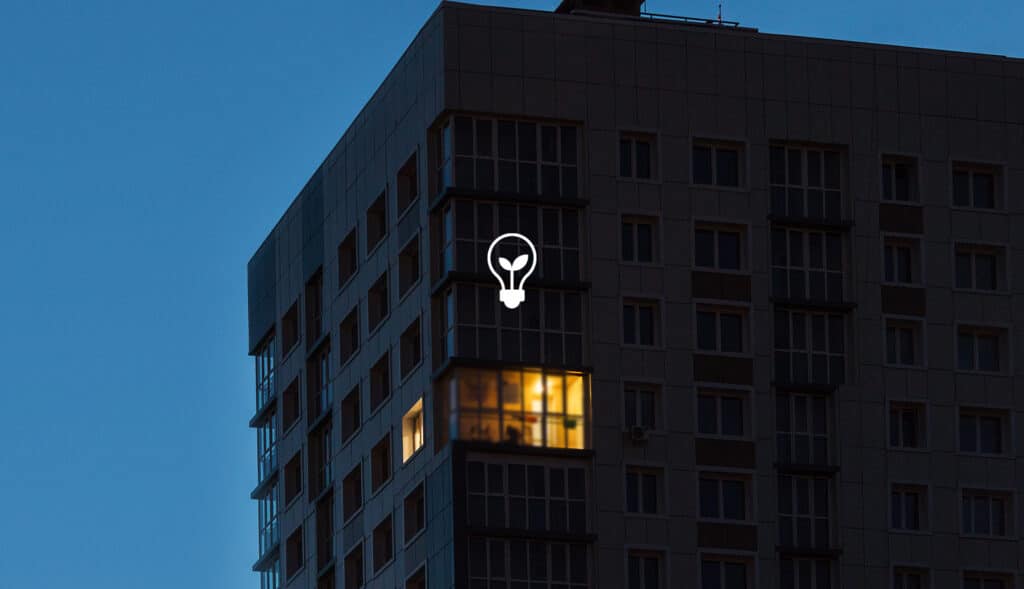As the world embraces sustainability, converting your older multi-residential building into a green-certified structure not only benefits the environment but also enhances property value, satisfies lender requirements, and meets the increasing demand from eco-conscious tenants. This blog will guide you through the process of transforming your aging asset into an eco-friendly haven, ensuring a more energy-efficient, healthier, and sustainable living space.
Step 1: Conduct a Green Assessment
Begin by assessing the current state of your multi-residential building. Identify areas where energy, water, and resource efficiency can be improved. Consider hiring a green building consultant to conduct a comprehensive assessment and recommend sustainable solutions tailored to your property.
Step 2: Energy-Efficient Upgrades
Upgrade the building’s insulation, windows, and doors to minimize energy loss and improve thermal efficiency. Consider investing in energy-efficient appliances and lighting fixtures. Installing smart meters and programmable thermostats can help optimize energy consumption, providing both cost savings and environmental benefits.
Step 3: Renewable Energy Integration
Explore the possibility of incorporating renewable energy sources into your building’s energy portfolio. Solar panels, wind turbines, or geothermal systems can significantly reduce your reliance on conventional energy sources, contributing to a lower carbon footprint.
Step 4: Water Conservation Measures
Implement water-saving technologies such as low-flow faucets, toilets, and efficient irrigation systems. Collecting rainwater for non-potable uses like landscaping can further reduce water consumption. Educate tenants on responsible water usage to maximize the impact of these initiatives.
Step 5: Sustainable Materials and Construction Practices
When renovating or maintaining your building, choose sustainable materials that are environmentally friendly and have a lower carbon footprint. Prioritize materials that are recyclable or made from recycled content. Consider adopting green construction practices that minimize waste and pollution during renovation projects.
Step 6: Indoor Air Quality Improvement
Enhance indoor air quality by using low-VOC (volatile organic compound) paints and finishes. Install proper ventilation systems to ensure a constant flow of fresh air, reducing the risk of mold and providing a healthier living environment for residents.
Step 7: Implement Waste Reduction Strategies
Implement a robust recycling program for both residents and common areas. Minimize waste generation by encouraging the use of reusable products and providing easily accessible recycling facilities. Composting initiatives can further reduce the amount of organic waste sent to landfills.
Step 8: Obtain Green Building Certification
Consider pursuing green building certifications such as LEED (Leadership in Energy and Environmental Design) or BREEAM (Building Research Establishment Environmental Assessment Method). These certifications validate your commitment to sustainability, improve marketability, and may even result in financial incentives.
Importance of Green Certification:
Securing green certification is becoming increasingly vital as lenders and banks are incorporating sustainability criteria into their lending decisions. In the near future, it may become a requirement for obtaining financing or refinancing for real estate projects. Green-certified buildings not only enjoy improved marketability and increased property values but also align with the growing demand from environmentally conscious tenants.
Enhanced Property Values:
Green certification significantly boosts property values by attracting investors and tenants who prioritize sustainability. Certified buildings often command higher rents and experience lower vacancy rates, resulting in increased overall property value. The long-term cost savings from energy efficiency and reduced operational expenses further contribute to the financial benefits of green building initiatives.
Meeting Tenant Expectations:
In today’s real estate market, tenants are increasingly seeking eco-friendly living spaces. By converting your multi-residential building into a green-certified structure, you make it more attractive to a broader range of tenants. This can lead to quicker leasing of apartments, reduced turnover rates, and improved tenant satisfaction, creating a positive cycle that benefits both property owners and residents.
Sustainable Future for Our Kids:
Converting your property into a green-certified building is not just a wise business decision; it is an investment in the future of our planet. By adopting sustainable practices, you contribute to a healthier environment for current and future generations. This commitment to sustainability aligns with the global movement towards a more eco-friendly and responsible way of living, ensuring a better world for our children and generations to come.
Converting your older multi-residential building into a green certified structure is a worthwhile investment that benefits both the environment and your bottom line. By embracing sustainability, you not only reduce operational costs but also attract eco-conscious tenants, satisfy lender requirements, and contribute to a greener, healthier future for all.
